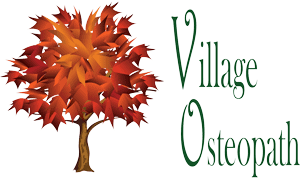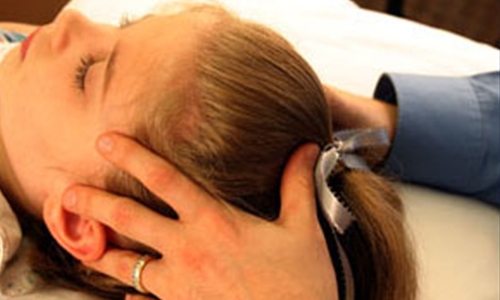Osteopathic Treatment Techniques Defined
The goal of Osteopathic Manipulative Treatment (OMT) is to restore motion and balance to affected areas of the musculoskeletal system. With balance, fluid and healing elements can return to the area and the toxic byproducts of injury can be drained away. To do this we use a variety of techniques some of which are outlined below:
Muscle Energy
In this technique the physician uses his or her hands to find joints that are not moving as well as or symmetrically with other joints. The joint is taken to its maximum range of motion and then the physician asks the patient to contract specific muscles attached to the joint to overcome the barrier and restore motion.
Counterstrain (aka Strain-Counterstrain)
In this technique the physician identifies specific tender points in the musculoskeletal system, moves the patient into a pain-free position, and holds that position for 90 to 120 seconds. After slowly releasing the patient from the position normal motion is typically restored.
Balanced Ligamentous or Membranous Tension
The physician uses his or her hands to evaluate motion in the soft tissue. If decreased or asymmetrical motion is detected the physician will follow the tissue in the direction opposite the restriction until the area feels balanced. That position is maintained until a softening or release is felt. The tissue is then slowly returned to its normal position.
Cranial Technique
This technique is similar in approach to Balanced Membranous or Ligamentous Tension. With his or her hands on the patient’s head the physician feels for asymmetrical or restricted areas of motion. The physician follows that motion to its endpoint then waiting for it to release which restores normal motion.
High Velocity-Low Amplitude (HVLA)
In this technique the physician uses his or her hands to find joints that are not moving as well as or symmetrically with other joints. He or she then engages the barrier to motion in the joint and uses a quick but short thrust to overcome that barrier. Often a popping noise will ensue as motion is restored to the joint.

